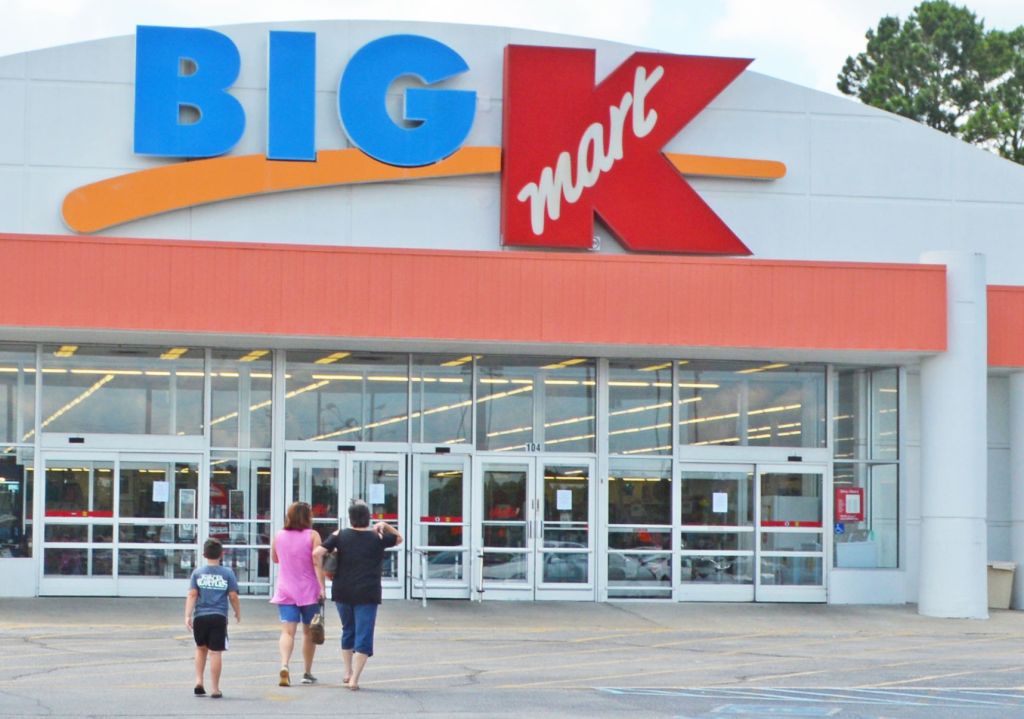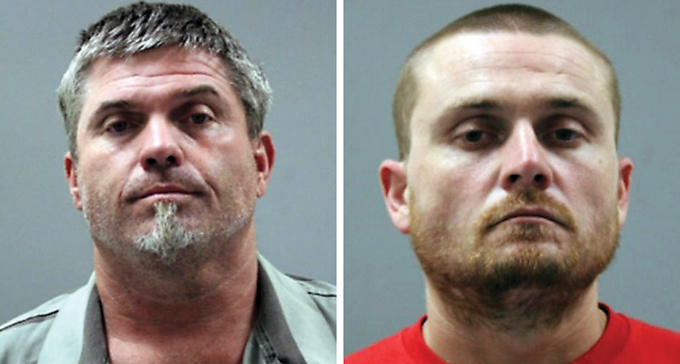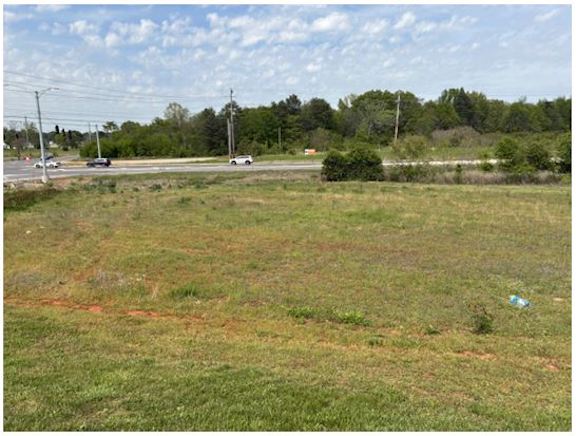City seeks 2nd TIF district off U.S. 31 North
Published 6:30 am Wednesday, February 26, 2020
Hoping to recoup what it spends to beautify blighted sections of U.S. 31 North, Athens City Council members agreed Monday to have the mayor take the next step in creating a Tax Increment Financing district in the area, which includes the old Kmart site.
A TIF district would give the city a way to recoup what it spends to improve the area in order to make it more appealing to developers.
Trending
Shane Black, attorney for the city, said the land in question includes U.S. 31 North going from Athens Bible School down by the former Kmart and up toward the interchange with Interstate 65.
The council already gave the green light for a Publix-anchored shopping center to be built at the old Kmart site.
How much a TIF district might generate for the city is unknown, but the money would be put into a special fund reserved for improvements to the district, Black said.
Among the improvements mentioned in the resolution are a signalized intersection along U.S. 31 North next to Athens Middle School, a roundabout on Pryor Street, sewer improvements between Hobbs Street and U.S. 31, lighting improvements along U.S. 31, and sidewalk and intersection improvements along U.S. 31 North and Elm Street.
On Monday, the council voted to direct the mayor to develop and issue legal notices and requirements to arrange for a public meeting and public hearing Monday, March 23. By law, the council cannot create a TIF district without a public hearing.
If approved, this would be the city’s second TIF district.
Trending
The council approved the city’s first TIF district in January 2018 at the former Pilgrim’s Pride chicken plant property off Pryor Street. There, city officials are planning a mixed-use development with some green space for a park or some other amenity.
Residents attend
Some residents living in the area attended Monday’s meeting to find out how a TIF district would affect their property tax rates.
Black explained a TIF district simply “sets the baseline” and there will be “no change in your tax.” He said there will be a natural increase in property value inside the TIF district, and the city will use that increase “to pay itself back” for work on the property.
“Any increase in property value — that increment will go to the city to repay itself for what it paid for public improvements,” Black said. “There is zero increase in the tax rate to the landowner. If he sells and they put in a residential subdivision, then that value increase goes to the city. Otherwise, we will split (the property tax revenue) as we normally split it (with other taxing bodies).”
After Black finished, none of the residents rose to ask questions during the public speaking portion of the meeting. They will get another chance to voice any questions or concerns because a public hearing is required before the council can approve a TIF district.
Council questions
Councilman Harold Wales asked Black a hypothetical question: If the city makes $50,000 in improvements once the TIF district is created, and the TIF district generates $65,000 (in property taxes), what happens to the overage?
Black said once all of the projects in the TIF district are complete, the TIF district “goes away.”
Wales pointed out if the TIF district extends from Hobbs Street to Elm Street, it “could be open for years,” meaning the area could hold a lot of new development, which would take time. Black replied the TIF district can last up to 30 years.
Wales noted the city won’t see a benefit from the TIF until the property is assessed and property tax is collected.
“Yes, but if we don’t do it upfront, we will never see it,” Black said, meaning the city cannot hope to recoup improvement costs without the TIF.
“You are banking on property values increasing,” the attorney said.
Mayor Ronnie Marks interjected, “It may be 30 years, but if you don’t set it up, then you will never get it.”
Councilman Wayne Harper questioned Black about the proposed roundabout at the back of the Publix-anchored development. The plan is for the developer of the new shopping center to pay upfront to install the roundabout. Then, the city would repay the developer by rebating the sales tax the development generates until the debt is repaid or six years pass, whichever comes first.
Harper asked if the city could recapture the sales tax it rebates using the TIF fund.
“No, but we can include the roundabout as part of the plans,” Black said.
How TIF works
Athens and other cities in Alabama cannot slap a TIF district label on just any piece of land deemed in need of development, according to Michael Fricke of Husch, Blackwell, Sanders LLP.
In an article for Peoria Magazine, Fricke gives the following example of how a TIF works. The criteria for creating a TIF district are set out in state law. Before creating a TIF district, a city must certify that, among other things, the area in question is without hope of attracting private investment without some governmental intervention.
After the city identifies a part of town that meets the TIF district criteria and creates the TIF district, it can reallocate property taxes generated in the district to pay for improvements to the district and encourage investment within the district. Improvements could include streets, sidewalks, parking lots, utilities, drainage, landscaping, green space, recreational space and more.
Property taxes do not automatically increase when a TIF is created. But if property values increase, that generates additional property tax revenue, and that increase is what goes into the TIF fund.
For example, assume the total property value of all the land in the proposed TIF district is $1 million and the annual property tax revenue generated from it is $40,000. That $40,000 is split among various taxing bodies, including the city. Once the TIF district is created, the taxing bodies continue to receive the $40,000 for the 30-year life of the TIF agreement. Now, let’s say, after a few years, the property value of all the land in the TIF district increases to $1.1 million and the annual property tax revenue generated increases to $44,000. The extra $4,000 goes into the TIF fund for the city to reinvest in the TIF area instead of going to other taxing bodies. The hope is the city’s effort to reinvest in the area lures private investors and further improves the area, triggering additional increase in property values and generating more property tax revenue.






